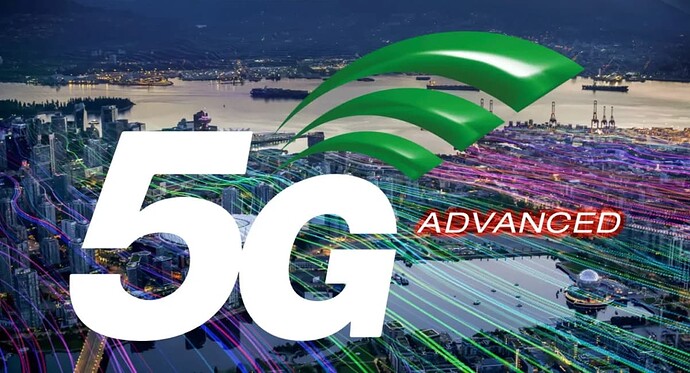-
My friend: Hi Ibrahim, I have a question for you.
- Me: Please, go ahead.
-
My friend: I was wondering if there a difference between 5G and what is called 5G advanced?
- Me: Yes, there is a difference. As, 5G refers to the 3GPP releases starting with Rel.15, Rel.16 and then Rel.17, while 5G advanced refers to the 3GPP Rel.18 and beyond. So, Rel.18 is just the start of the 5G advanced evolution and further 5G advanced enhancements will appear in Rel.19, Rel.20, etc. Also, it is worthy to know that Rel.15 is called 5G Phase 1, while Rel.16 is called 5G Phase 2 as well. But take care as Rel.18 is still under discussion inside the 3GPP and it is expected to be finalized by March 2024.
-
My friend: But why did 3GPP name Rel.18 as 5G Advanced?
- Me: 5G Advanced is set to evolve the 5G system to its fullest capabilities. It will comprise a large set of innovations offering many benefits for operators, end-users, and verticals. So, for example, one of the most important innovations that is expected in Rel.18 is the introduction of AI/ML technologies across the RAN, core, and management network domains. These technologies will help unlock the full potential of 5G systems, empowering them with new network automation capabilities, boosted performance and enhanced energy efficiency. AI/ML techniques are already applicable for today’s 5G systems without explicit 3GPP standardization support. Hence, for 5G advanced, there will most likely be standardization of harmonized data collection, offline model training and management, and inference functions such that AI/ML can be supported. But specific AI/ML algorithms will not be explicitly specified by 3GPP and are expected to remain vendor specific.
-
My friend: So, what else will Rel.18 include?
- Me: Rel.18 will also introduce enhanced support for XR (Extended Reality) applications. Better support for drones and railways will be provided. NR system will be able to operate in dedicated bands with less than 5 MHz bandwidth. Energy efficiency improvements for both the network infrastructure and the devices will be in focus. UL coverage and MIMO/beamforming enhancements. Full integration of NTNs (Non-Terrestrial Networks) with the conventional terrestrial 5G NR networks is expected to come in 5G advanced and the list goes on with many innovations that we are waiting for it.
-
My friend: Thank you so much. You made it very clear.
- Me: You are most welcome.
LinkedIn: Ibrahim Sayed, PMP on LinkedIn: #5g #5gnr #5gtechnology #openran #oran | 17 comments
